Ted Floyd, Editor of Birding Magazine, recently wrote an article called Birding is Easy and Hard (http://blog.aba.org/2016/03/birding-is-easy-and-hard.html). It was inspired in part by two earlier blog posts of Greg Neise, who’d come down on both sides of the argument at different times. Floyd took up the challenge of clarifying the seeming paradox: “The takeaway, surely, is that birding is what you make of it. Hard or easy, it’s your choice.”
Seems reasonable. But his article got me thinking. Hard? Easy? These adjectives are pertinent only if birding is primarily a task, something to be achieved. But is it? Certainly I like identifying the species I happen across as much as the next person, whether in my own backyard or elsewhere. I especially like knowing what bird I’m hearing in that tree up there. Before I learned to identify birds by sound I was pretty much oblivious to the ones I couldn’t see; now they’re present, visible or not. I like that, a lot. And although I don’t go traipsing around the globe in search of new birds, when I’m on holiday I keep my eyes and ears open, my binoculars and camera handy, and a guide to local birds nearby, just in case.
When I visit Puerto Vallarta, for example, I always go to the Botanical Gardens to see the San Blas Jays and Yellow-winged Caciques.
Once I even hauled myself up at dawn to go on a birding tour from which I returned with hundreds of mosquitoes bites and a having seen a few new birds (Ladder-backed Woodpecker, Happy Wren, Ivory-billed Woodcreeper). Too bad I don’t keep a Life List. And the highlight of my trip to St. Miguel de Allende in 2015 was not seeing Gloria Steinem at the SMA Writer’s Conference (although she was amazing) but visiting El Charco del Ingenio for a guided bird walk.
That’s where I saw my first Vermilion Flycatcher and a flock of Groove-billed Anis!
Okay, maybe going on a guided tour doesn’t count as “hard”. But getting up at four a.m. to hunt for birds in the forests of Mexico is not my idea of easy!
But maybe I’m not a real birder? Maybe real birders are happy, even eager, to get up with the birds and traipse into insect-infested forests full of hope to see that elusive lifer? Or maybe it’s not hard for them? I wonder – what makes someone a real birder anyway?
According to the US Fish and Wildlife Service, there are 47 million birders, of which 18 million are ‘active’, in the USA. Since Canada’s population is roughly 10% of that of the USA, and assuming a similar level of involvement in birding, Canada would have almost 5 million birders of whom maybe 1.3 million are “active” or “away from home” birders who travelled at least a mile to watch birds. A rather large number.
In a recent post on 10,000 Birds, Jason Crotty, a birder from Portland, questions the USFW stats (http://10000birds.com/how-many-birders-are-there-really.htm) and adds his own wisdom to the mix. “I believe that most of the 18 million ‘active birders’ would be quite surprised and a bit perplexed to find themselves so categorized.” He suggests that in order to realistically determine the number of active birders, we count things that are concrete and measurable: the numbers of members in birding associations, birding magazine subscribers, people who use ebird, people who own binoculars and field guides, numbers of ‘likes’ on the ABA Facebook Page. I like this idea – it confirms what I think: I am, indeed, a birder. I just happen to be one who doesn’t do hard. I couldn’t recognize a “Thayer’s Gull—in definitive alternate plumage” (Floyd) for the life of me. My scope lives in a drawer most of the time. And I certainly don’t do ‘big years.’ I don’t even do little ones.
Hard and easy – neither of these adjectives apply to the kind of birding I do. My descriptors of choice would be, depending on the circumstance and my mood: fun, therapeutic, calming, exciting. Mostly, birding just is. The first thing I do when I get up in the morning is check on the birds in the yard. Right now Rufous Hummers are battling at the feeders under the kitchen window and our resident Spotted Towhees are building a nest under the pampas grass. The American Robins are pulling worms in the front garden. The Song Sparrow is singing from his favorite perch at the top of the cedar tree by the fence. A Northern Flicker, a Downy, and a Hairy are eating suet. The chattering Chestnut-backed Chickadees are pulling peanuts from their feeder. And Steller’s Jays are lined up along the pergola waiting for their peanuts.
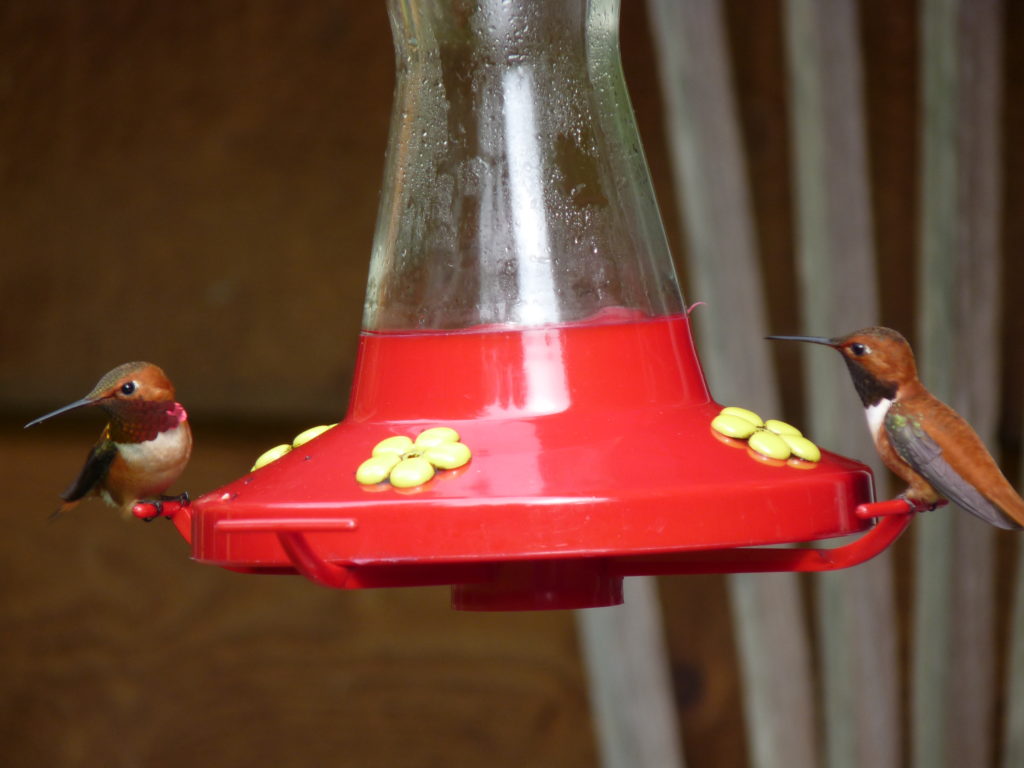
Rufous Hummingbirds, one drinking and one guarding — although probably not through any kind of mutual agreement!
These birds invariably bring me back into the present moment. I feel connected to them. The word love pops into my mind. Love, of course, has its downfalls. Recently, for example, I found a little Yellow Warbler, a female, on the back deck, dead from hitting the glass door. I thought about how far the little bird had flown, probably from South America, to come to Gabriola Island to breed. All that work and she dies flying into my sliding glass door. That’s hard to take. I held her in my hands for a long time, saying goodbye, saying I’m sorry, before laying her out back.
The month before, a hawk captured and devoured one of the seven jays that come for breakfast every day. I wondered which jay it was. Was it the one I call the lookout? Or the one with the bright eyebrows? Or the one with the faint white feathers in its wing? It was hard to be happy for the hawk who had a good lunch that day.
Clearly, there are many things that are hard about birding: knowing that habitat loss and climate change are decimating bird populations worldwide; seeing Committee Against Bird Slaughter photos of birds trapped in Malta and Italy and France; finding a dead warbler on my deck or a sick siskin at my feeder. But most aspects of birding are easy: observing, listening, learning, letting yourself fall in love. In the end I have to agree with Ted Floyd: birding is neither hard nor easy, it is “what you make of it.”



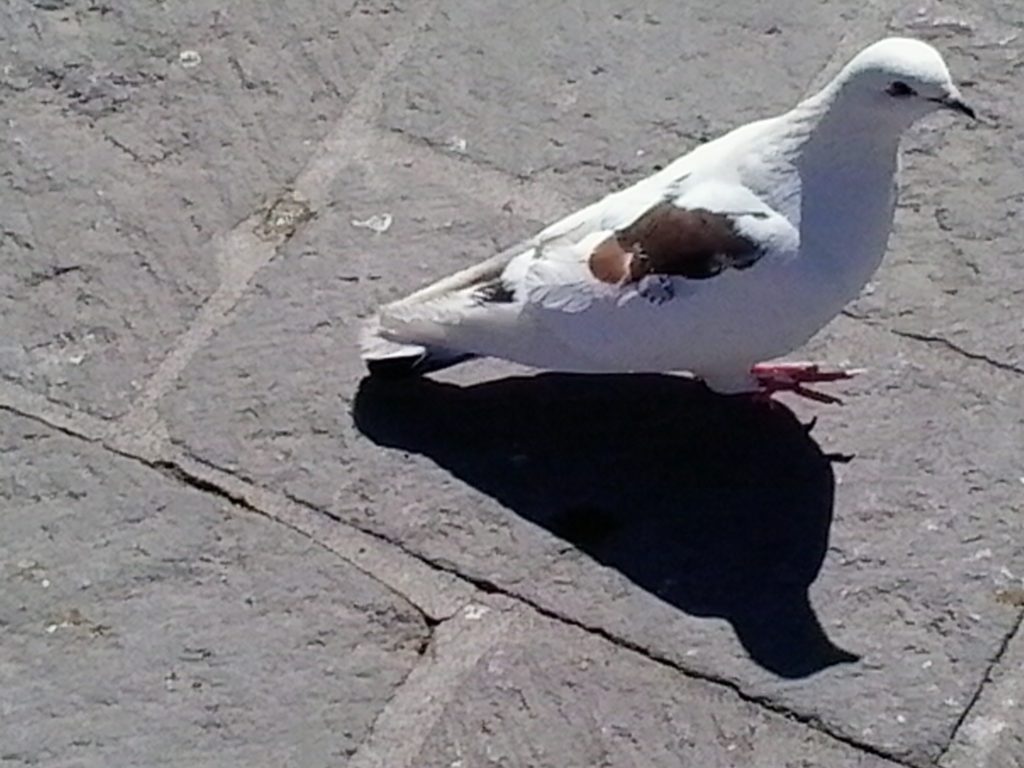
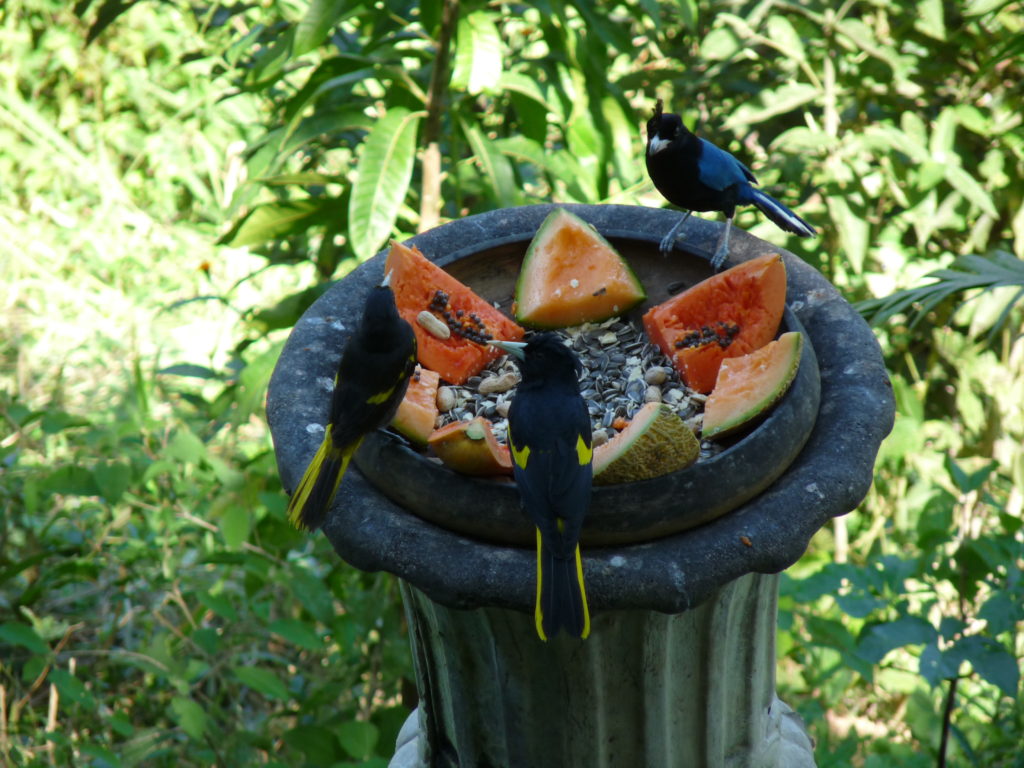
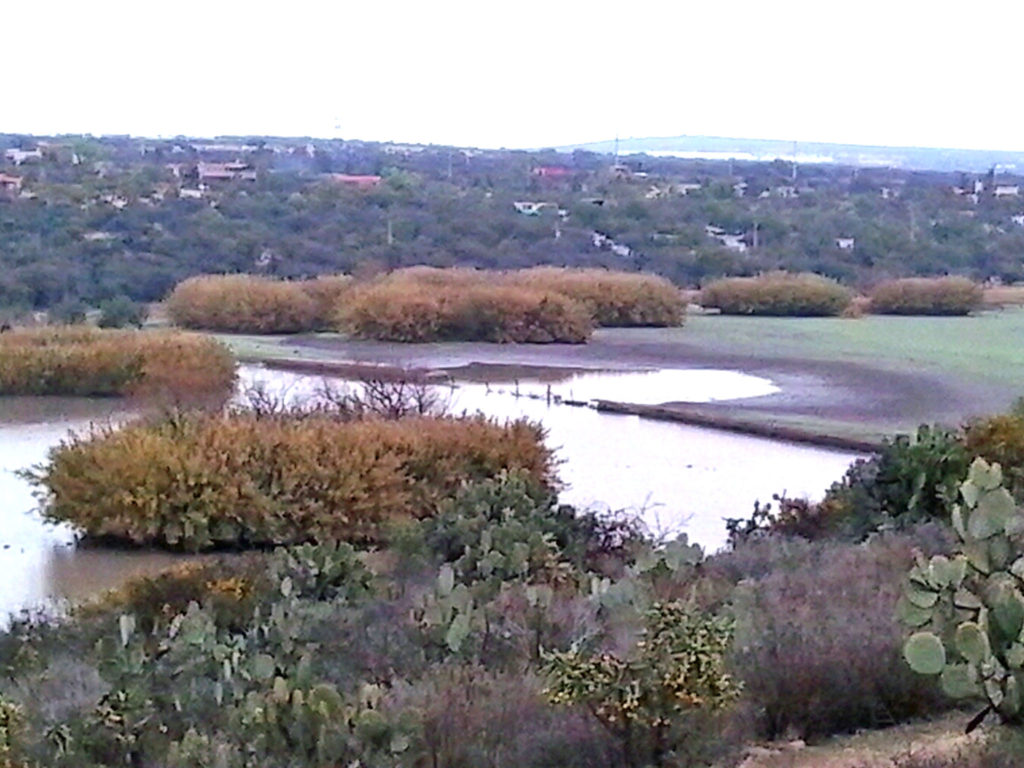
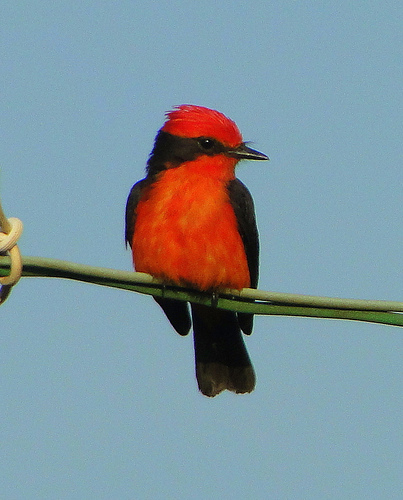
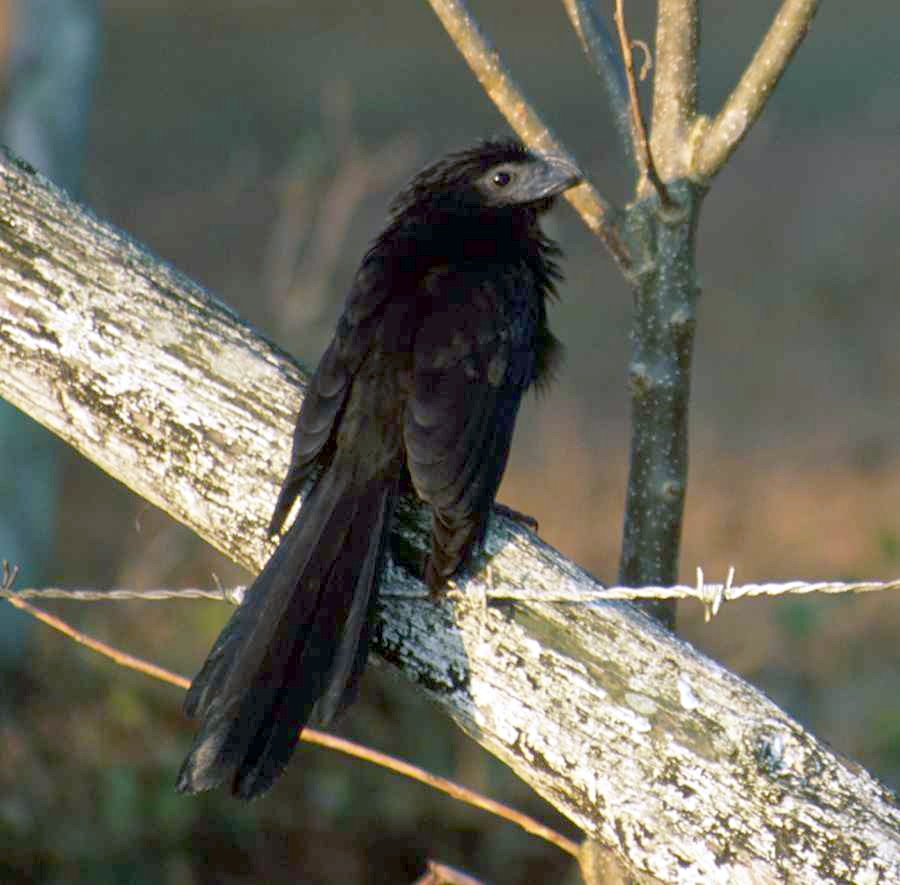
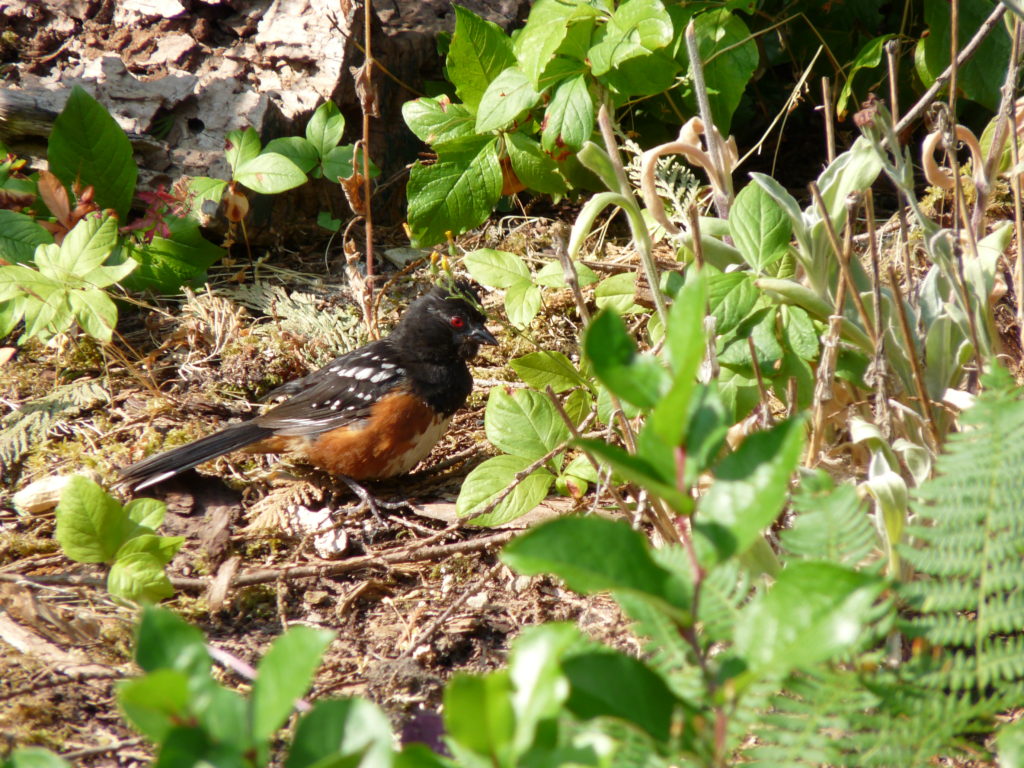
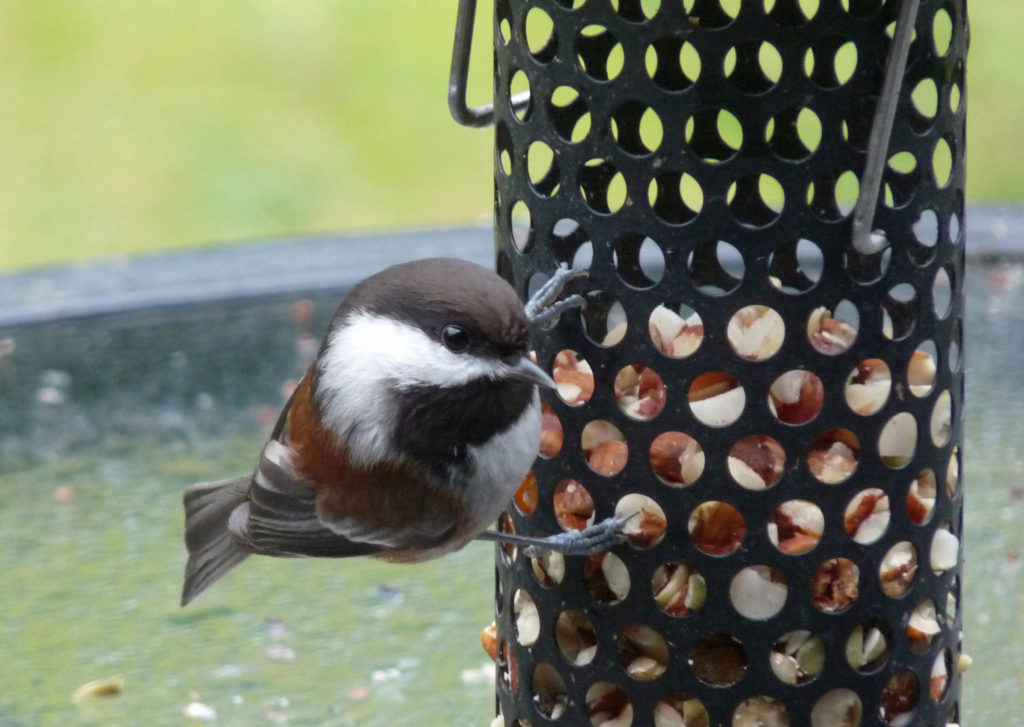
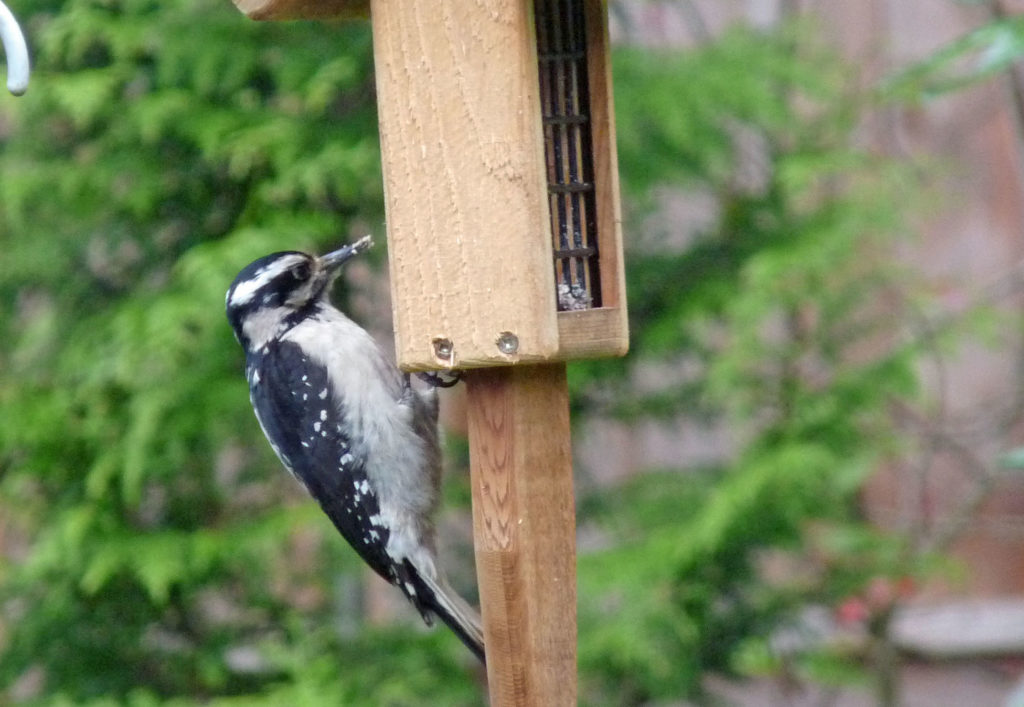
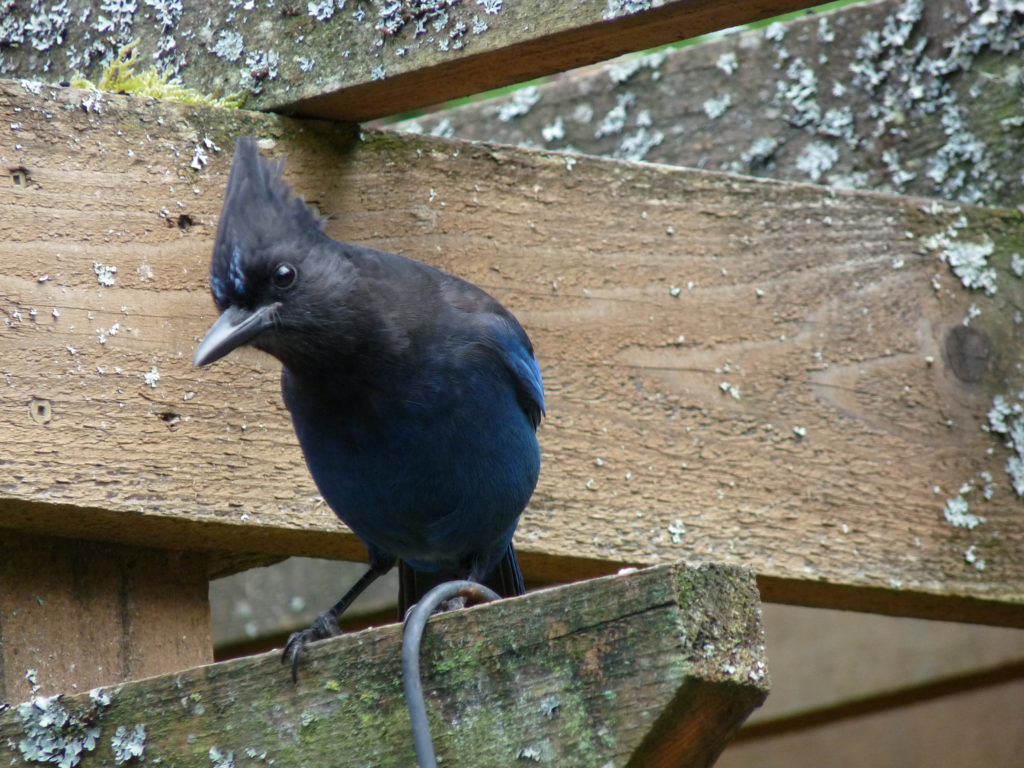
Glad you enjoyed the post Garry. And even more glad that you enjoy the birds so much — and that you so generously share your lovely photos of them!
Lovely thoughtful and articulate, Sharon. I’m sure I’m not nearly the active kind of birder, and I don’t do hard, but I do love the birds – we are always listening, and just this morning noticed the sound of warblers in the trees high above our back yard. I love the little winter wren that occasionally lets us get a peek at him as he scavenges around the rocks and under the back deck, the brown creeper that checks out the trees next to the house, the pileated woodpecker that hammers away at the top of the dead cedar across the street, and the robins, towhees, chickadees; the nuthatches that visit our birdbath, and the kinglets that frequent the area on occasion. Not to mention the two kingfishers that nest in the cliffs along Easthom Rd., and the heron that fishes off the rocks at Descanso Bay. And so many more. I feel lucky, and I don’t have to work at it at all!
Rosie, glad you could identify with my experience. Thanks for your comment!
Thanks Polly. It’s nice to share “birdiness” with your partner, eh?
Such a thoughtful, perceptive article, Sharon. My husband and I are definitely “birdy”, always very excited to let the other one know which bird we have seen and where, around our home. I definitely identify with the thrill of being able to know which birds are around from their calls, even when they are unseen.
What you say is so true! For me, finding and identifying warblers that I hear is the hard part, along with birds that hit windows (that I hear about or see in town, but thankfully not at my house).
Somehow it never gets boring to see and hear the spring and fall migrants, seasonal birds, and new birds that fly into my area .
And it’s true: some of us that do not travel to see birds can be considered real birders because we always have the binoculars handy along with bird guides, always listening and then looking for what we hear, as well as watching bird cams around the world or joining online bird groups.